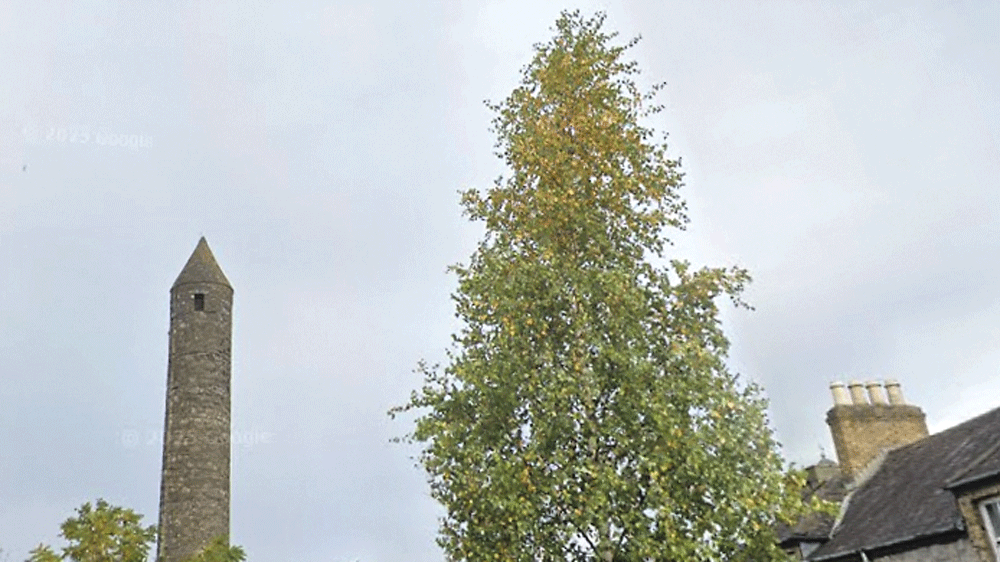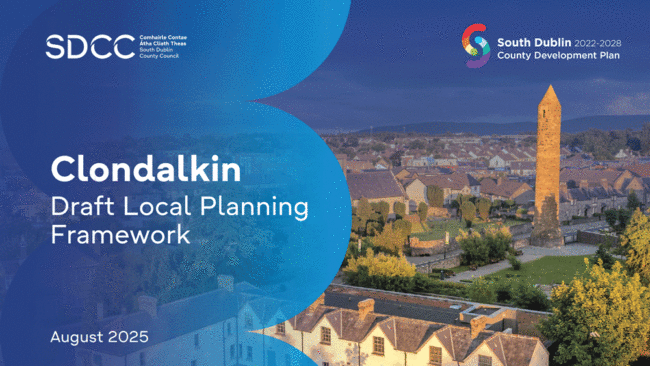

Residents concerned about the permeability of estates
“I would never have purchased a house at a laneway and the fact that the estate was a cul de sac made it more appealing.”
Concerns about the permeability of estates have dominated the reaction to the draft Clondalkin Local Planning Framework.
Residents of local cul-de-sacs and estates are worried that the connecting of their neighbourhoods to other areas in the vicinity will lead to a rise in anti-social behaviour.
Homeowners provided generally disgruntled reactions to the draft document’s proposals via the South Dublin County Council consultation portal.
One submission reads: “Do SDCC planners expect me to have to wash down the entrance to my driveway and home each morning and especially over weekends so that my children don’t have to walk through other people’s urine?”
Worries noted about the proposed laneways through estates included the potential to see more alcohol and drug paraphernalia, the use of them as “escape routes” and the use of e-scooters.
E-scooters have been seen in many parts of Clondalkin in recent months, and some residents feel these openings would invite them into their residential areas.
Several other vehicle-related submissions were recorded – narrower junctions, lane reductions and cycle lanes took centre stage
A business owner stated: “The narrowing of the junctions and roads for cycle lanes is a clear attempt to prevent people accessing the village and as a business owner in the village of the last 40 years and resident I find this extremely worrying and stressful.
“This will only add to the increase of emissions from cars stuck in traffic.”

One response called for better facilities to accommodate bicycles, like secure lock-up locations, so that people would be encouraged to use the lanes suggested.
Negative reactions dominated this aspect of the document as well, but some made clear their positive thoughts on more sustainable transport options.
A submission called for more “common sense” on the issue of sustainable movement: “The future of Clondalkin depends on policies that prioritise people, safe mobility, and community infrastructure—not oversized vehicles.”
Other chapters of the draft local planning framework for the village saw more praise, such as the sections that discussed green infrastructure and conservation.
Submissions welcomed the work being done towards more green spaces and conservation of local heritage sites.
One submission welcomed the proposal for integrated constructed wetlands at the Camac River and others were grateful for the plans laid out to conserve Clondalkin’s heritage sites.
However, several also noted that there was still work to be done – some who responded to the green infrastructure chapter decried the removal of hedgerows at the Seven Mills development and asked for more protection of established greenery.
One response asked for “further on-the-ground input” for the conservation of heritage spaces to be satisfactory.
The overall reaction appears to be one of dissatisfaction with the 124-page document at this stage in its life.
The submissions are expected to shape the next iteration of the Clondalkin Local Planning Framework.
Funded by The Local Democracy Reporting Scheme

